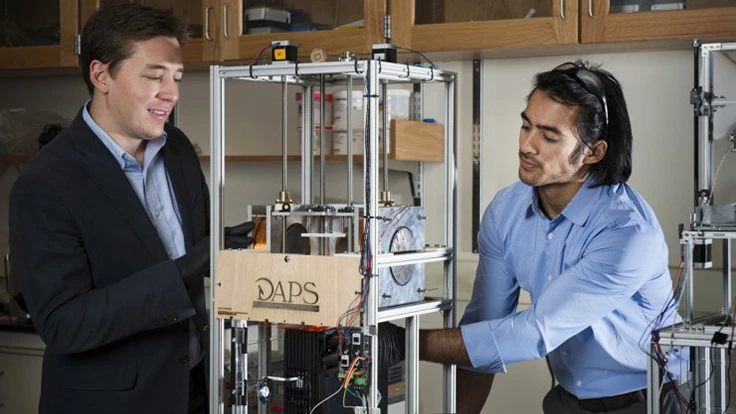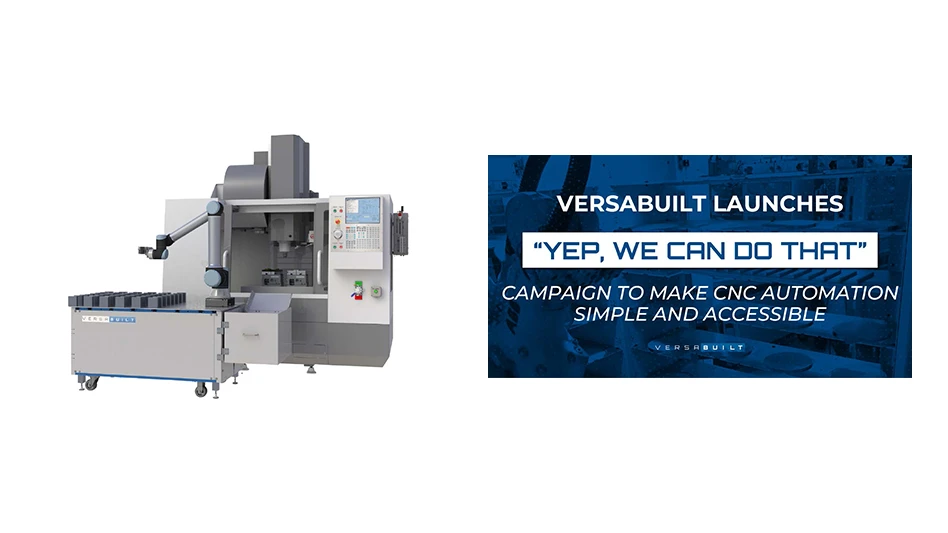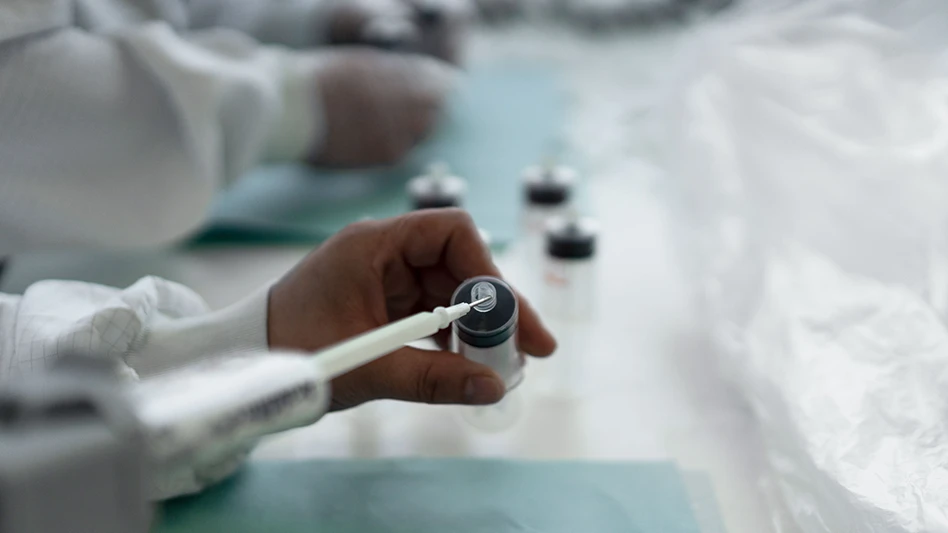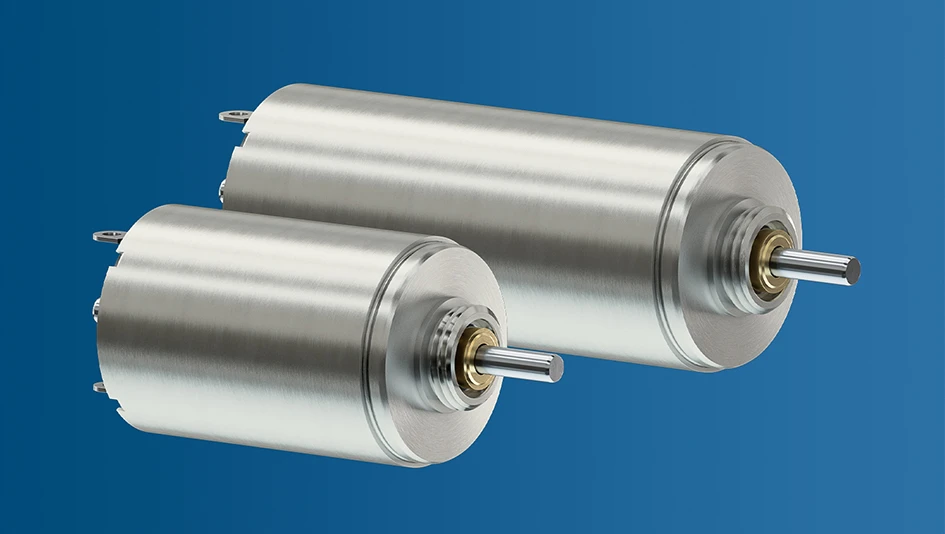
Northeastern assistant professor Randall Erb, left, and Joshua Martin, PhD '17, have developed an innovative 3D printing technology that could revolutionize important biomedical equipment, enhancing treatment for everyone from premature babies to patients needing implants. Photo by Adam Glanzman/Northeastern University
Boston, Massachusetts – We’ve all seen pictures of premature babies in neonatal care units: tiny beings, some weighing just a bit over a pound, with plastic tubes snaking through their nose or mouth, or disappearing into veins or other parts of the body. Those tubes, or “catheters,” are how the babies get the necessary oxygen, nutrients, fluid, and medications to stay alive. In the United States alone, nearly 500,000 premature babies are born each year.
Click here to read the full piece by Thea Singer from Northeastern University
Latest from Today's Medical Developments
- Soft joint model for robots
- TANAKA PRECIOUS METAL TECHNOLOGIES’ Visi Fine
- Auxilium Biotechnologies prints medical devices on the International Space Station
- KYOCERA SGS Precision Tools’ APEX Application Expert
- North American robotics market holds steady in 2024 amid sectoral variability
- Evident’s DSX2000 digital microscope
- Ferrocene becomes first Rust toolchain to achieve IEC 62304 qualification
- Germany expects a major decline in production in 2025





